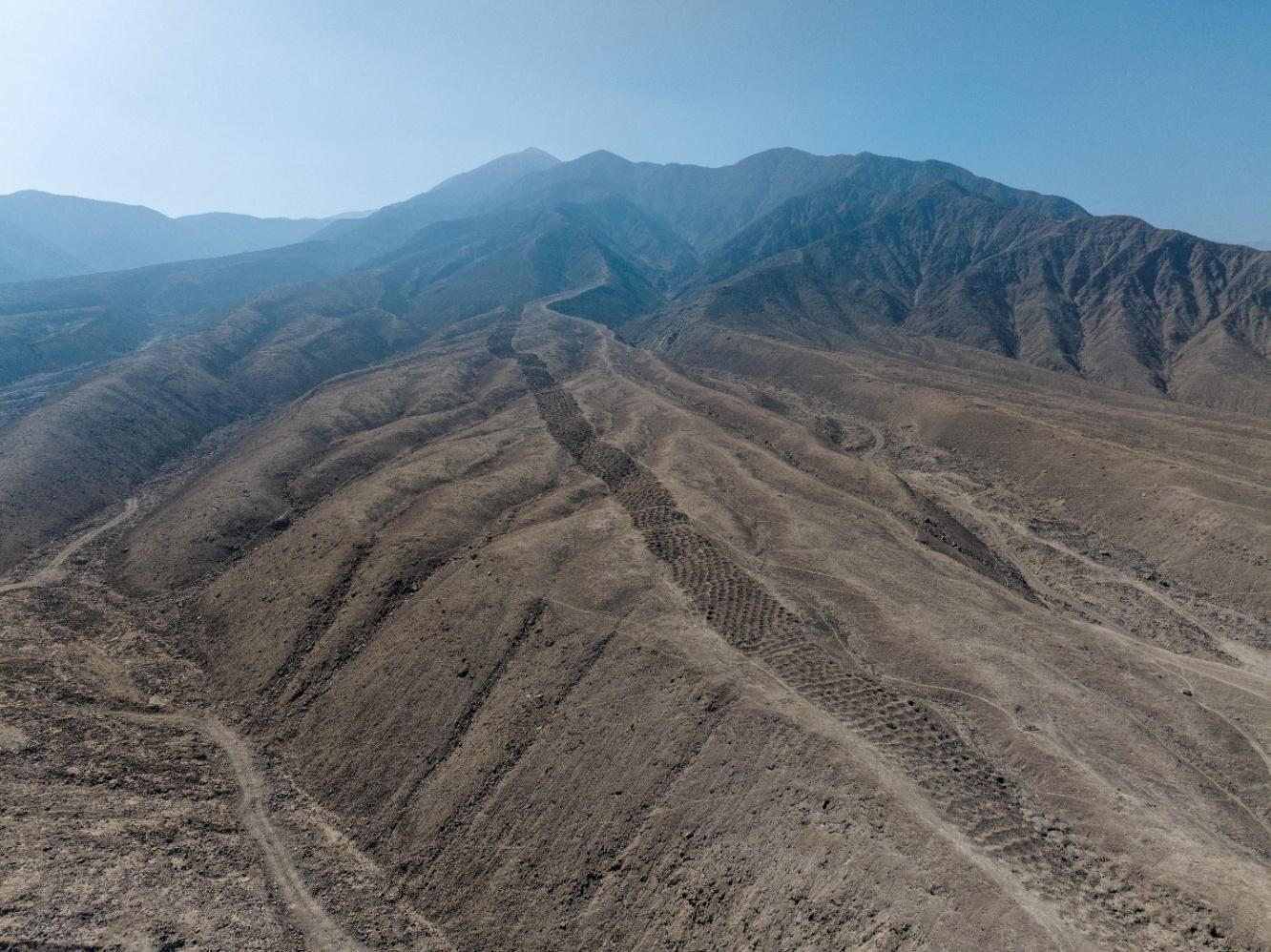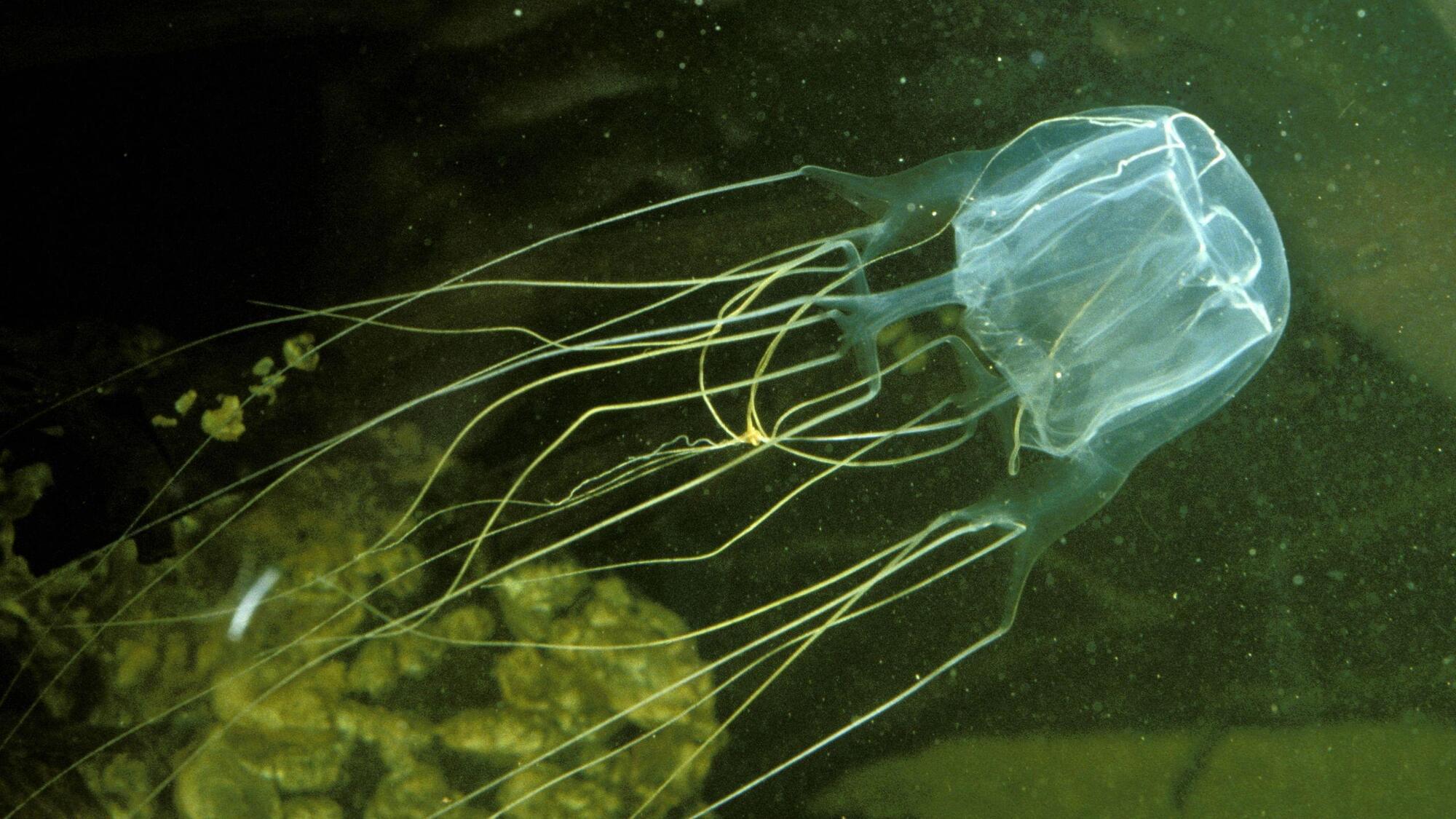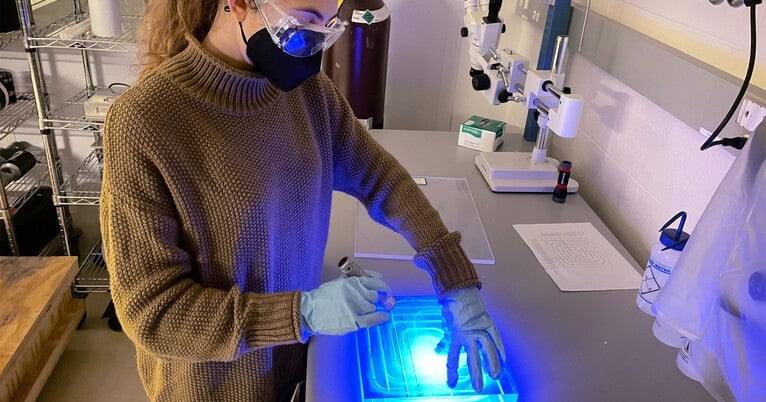Ultrasmall “bicones” are engineered from gas vesicles (GVs), a type of air-filled protein nanostructure, and produced in bacterial culture. This work develops foundational techniques for their potent…


Although the genetic cause of many diseases have been identified, it’s estimated that as many as 70% of patients with a rare disorder do not know what causes their disease. Millions of people live with rare diseases, and scientists are still searching for the answers to these medical mysteries. Now researchers have developed a different method for analyzing patient genetic data, which may provide clues. These findings, which were reported in Molecular Cell, have highlighted that multiple proteins can often be produced from one gene; the cell can simply interpret the sequence in different ways.
In a basic genetics lesson, a student will learn that proteins are encoded by genes, and that different genes make different proteins. But in reality, the same gene sequence may encode for multiple proteins, and it can be up to the molecular machinery of the cell to decide which of those gene sequences ends up transcribed into a protein. In fact, most genes can code for more than one protein.

Sediment analysis and drone photography of the iconic South American monument of Monte Sierpe (aka “Band of Holes”) support a new interpretation of this mysterious landscape feature as part of an Indigenous system of accounting and exchange.
Stretching 1.5 km across the Pisco Valley of the southern Peruvian Andes, Monte Sierpe (meaning serpent mountain) is a large row of approximately 5,200 precisely aligned holes (1–2 m wide and 0.5–1 m deep), organized into sections or blocks.
It first gained modern attention in 1933, when aerial photographs of the holes were published in National Geographic, but the monument’s purpose is still uncertain.

Integrated photonics has become a multi-billion-dollar industry, but it is feeling the heat—literally.
An increasingly important component in data centers, photonic devices move and process data using light instead of electricity. The physical nature of light gives this approach several advantages, including higher bandwidth and lower latency.
One limitation on even wider adoption has been the hardware’s sensitivity to temperature. If photonic devices become a little too hot or a little too cold, their exquisitely tuned photonic properties can be disrupted.
Join us on Patreon! https://www.patreon.com/MichaelLustgartenPhD
Discount Links/Affiliates:
Blood testing (where I get the majority of my labs): https://www.ultalabtests.com/partners/michaellustgarten.
At-Home Metabolomics: https://www.iollo.com?ref=michael-lustgarten.
Use Code: CONQUERAGING At Checkout.
Clearly Filtered Water Filter: https://get.aspr.app/SHoPY
Epigenetic, Telomere Testing: https://trudiagnostic.com/?irclickid=U-s3Ii2r7xyIU-LSYLyQdQ6…M0&irgwc=1
Use Code: CONQUERAGING
NAD+ Quantification: https://www.jinfiniti.com/intracellular-nad-test/
The universe hums a low, steady note…or so we were told. Dr. Patrick Vanraes, a plasma physicist from the University of Antwerp, joins us in that quiet static, where light and truth blur at the edges. We talk of cosmic beginnings, instrument design, of warmth beneath the skies, of radio echoes mistaken for the birth of everything. In that hum, between curiosity and doubt, the cosmos seems to ask who’s really paying attention.
CORRECTION NOTE: Dr. Robitaille wishes it to be known that when he says \.
This is a ~1 hour talk titled “Towards a Platonic Intelligence with Unified Factored Representations” by Akarsh Kumar (https://akarshkumar.com/), given for our symposium on Platonic Space (https://thoughtforms.life/symposium-o…


Creatures like sea stars, jellyfish, sea urchins and sea anemones don’t have brains, yet they can capture prey, sense danger and react to their surroundings.
So does that mean brainless animals can think?
“Brainless does not necessarily mean neuron-less,” Simon Sprecher, a professor of neurobiology at the University of Fribourg in Switzerland, told Live Science in an email. Apart from marine sponges and the blob-like placozoans, all animals have neurons, he said.
Creatures like jellyfish, sea anemones and hydras possess diffuse nerve nets — webs of interconnected neurons distributed throughout the body and tentacles, said Tamar Lotan, head of the Cnidarian Developmental Biology and Molecular Ecology Lab at the University of Haifa in Israel.
“The nerve net can process sensory input and generate organized motor responses (e.g., swimming, contraction, feeding, and stinging), effectively performing information integration without a brain,” she told Live Science in an email.
This simple setup can support surprisingly advanced behavior. Sprecher’s team showed that the starlet sea anemone (Nematostella vectensis) can form associative memories — learning to link two unrelated stimuli. In the experiment, the researchers trained sea anemones to associate a harmless flash of light with a mild shock. Eventually, the light alone made them retract.
Another experiment showed that sea anemones can learn to recognize genetically identical neighbors after repeated encounters and curb their usual territorial aggression. The fact that anemones change their behavior toward genetically identical neighbors suggests they can distinguish between “self” and “non-self”
